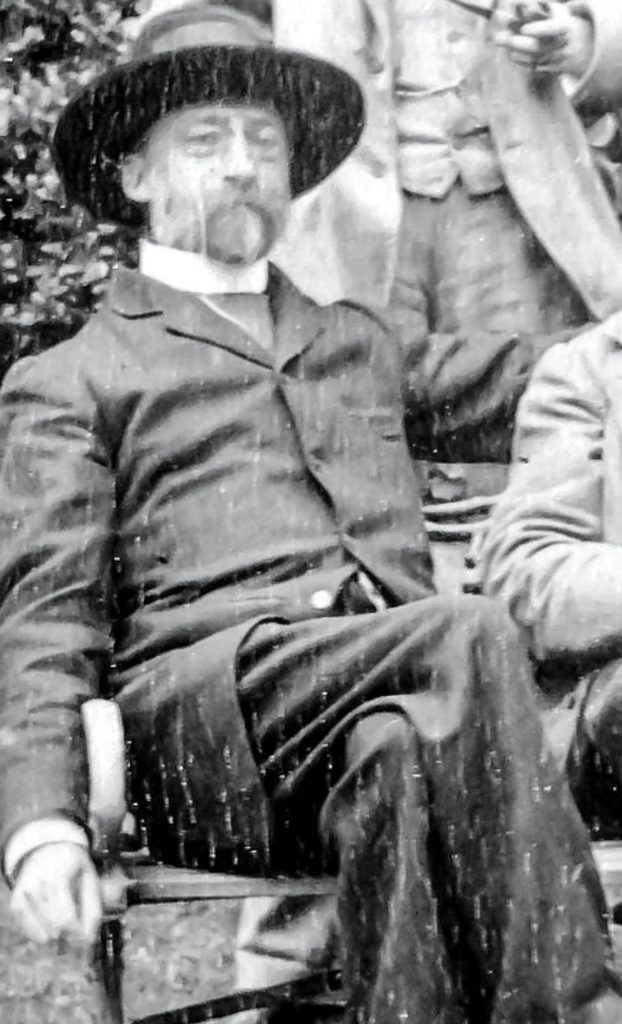I stumbled over a few cartes-de-visite recently without realising what they were. I hadn’t realised that Parisians and Victorians (and the rest of the world) exchanged photographic portraits as calling cards.

John Loftus Robinson in Wells
with thanks to RSAI and AASchool.
It seems that this was a social media fad that started in the 1850s and lasted more than forty years. Britannica says it was ‘Immensely popular in the mid-19th century, the carte-de-visite was touted by the Parisian portrait photographer André-Adolphe-Eugène Disdéri, who patented the method in 1854′.
Wikipedia says they were abbreviated CdV. Of course, it’s as memorabilia of the American Civil War that you most likely know their form. They became the eerie remains of otherwise forgotten soldiers. Tens of thousands of the CdV images survive their 750,000 bodies.
It seems that cartes-de-visites were introduced to England in 1857 when carte portraits of Queen Victoria, Prince Albert and their children were published. It started a craze. When you see a picture or Charles Dickens, if the the beard is pouring left and a clump of hair is sprouting right, that’s how he looked in his 1890 CdV.
Here’s a flickr group dedicated to the CdV and there were over 14,000 when I looked on today. Happily, fashions have changed. Sadly, today’s equivalent is often spoiled by a fashion for trout pouts.
There’s an excellent CdV information site here. One particularly compelling image is the calling card for the Siamese twins, Eng and Chang Bunker, taken around 1870 when they were probably 58. They were born in Siam hence the term siamese twins became the name for their conjoined condition. They lived 62 years and left behind 21 children.

Leave a Reply